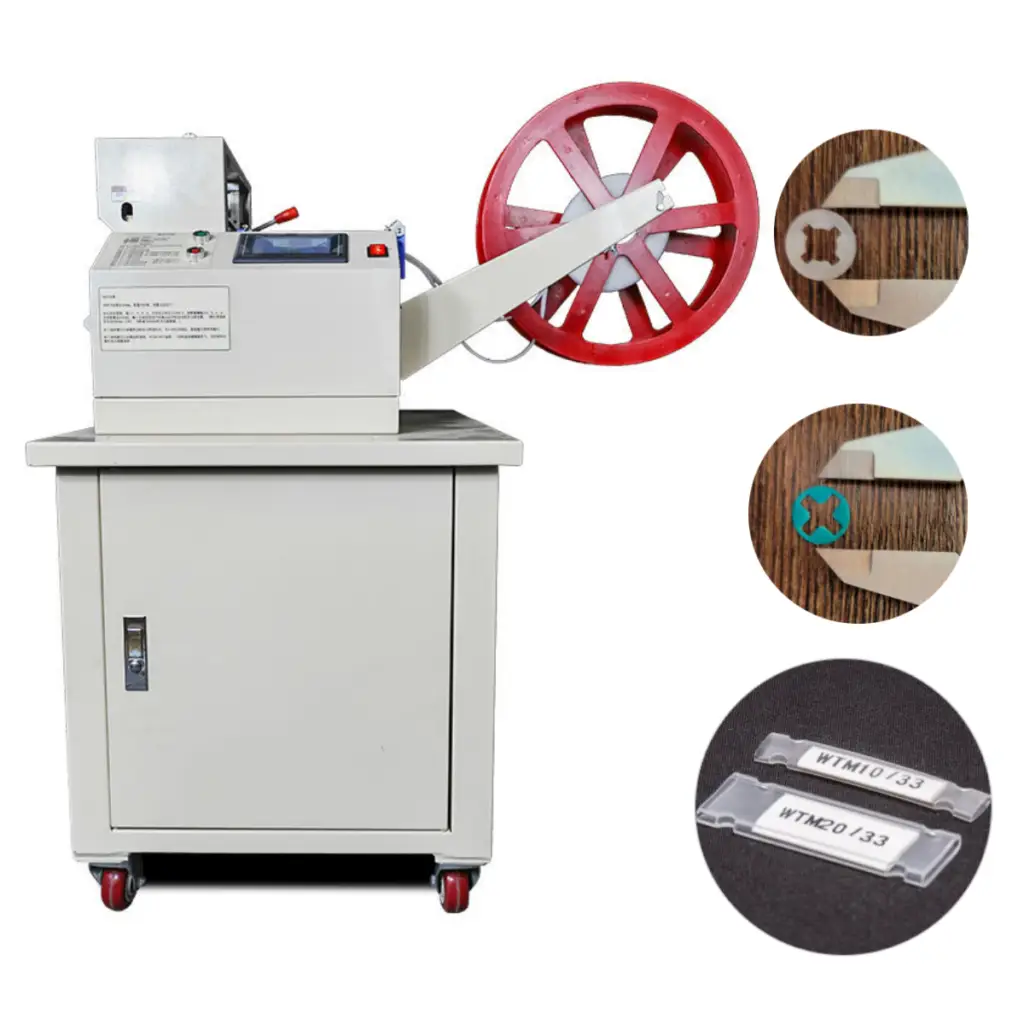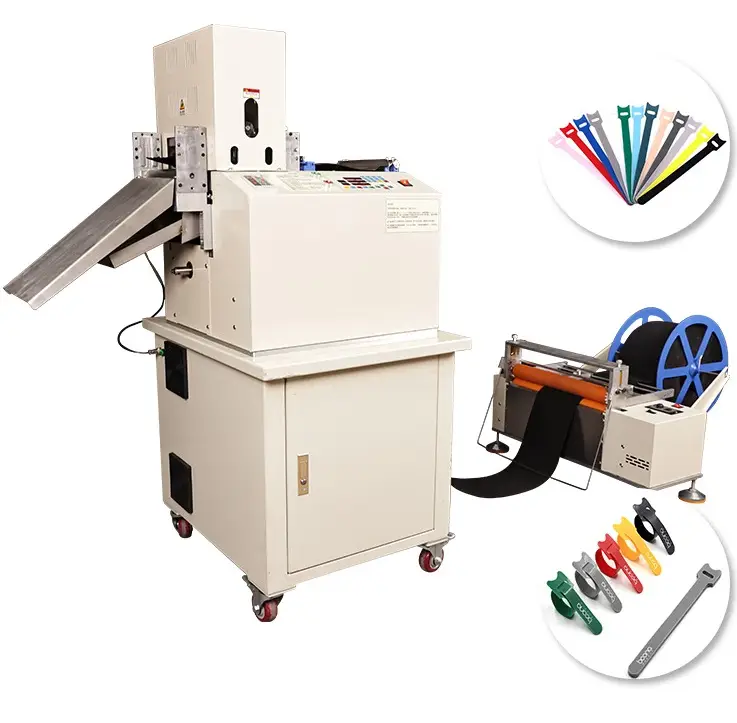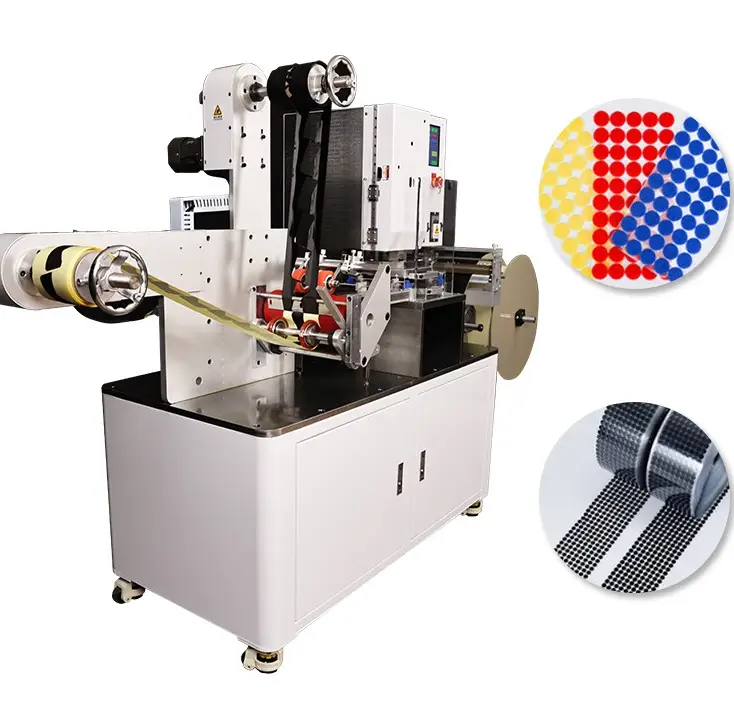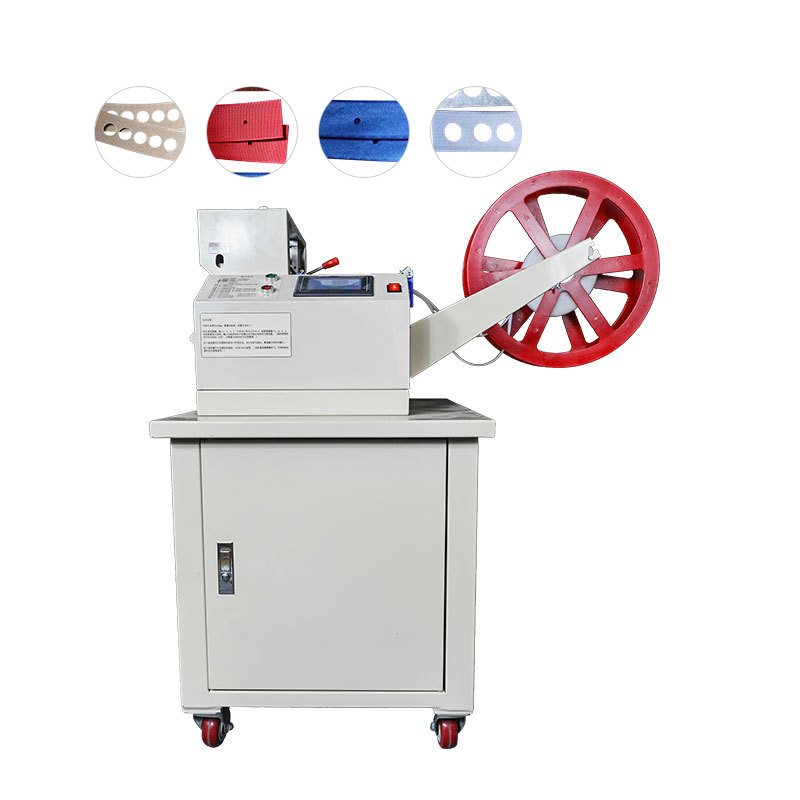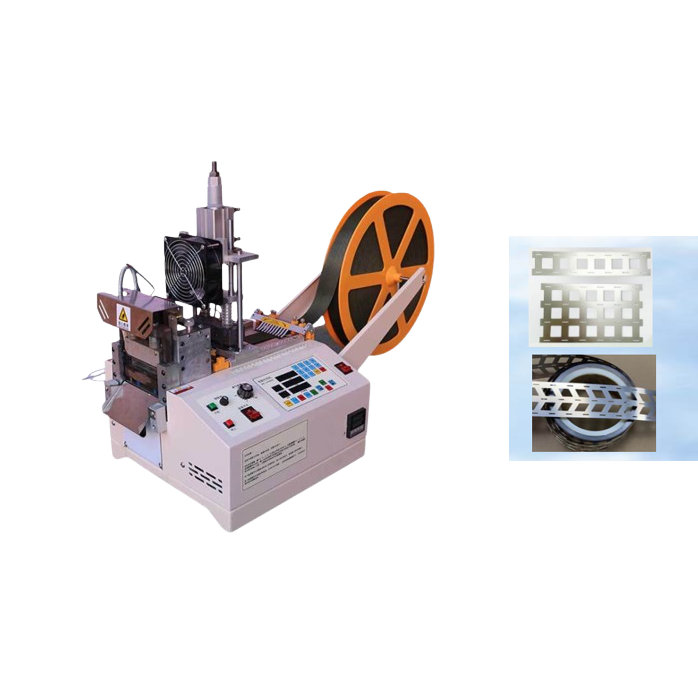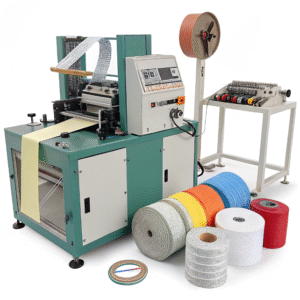How to handle waste and offcuts from Velcro cutting processes?
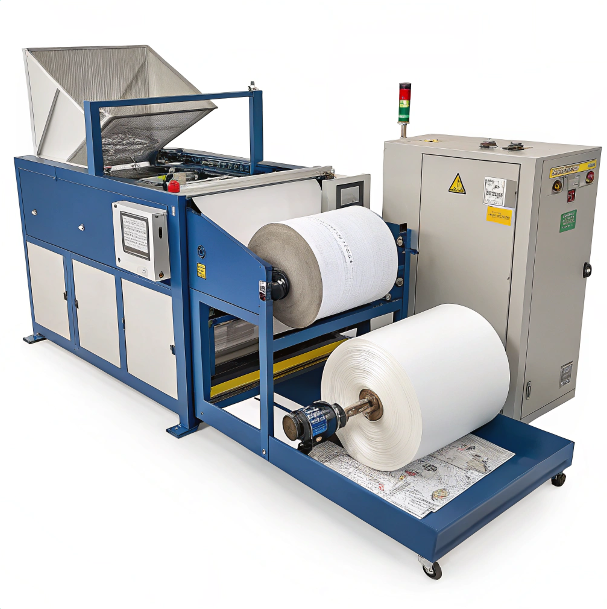
Managing leftover Velcro pieces can be frustrating. They pile up fast and seem too small or irregular to reuse.
Velcro offcuts can be reused or recycled, but it requires planning, proper separation, and collaboration with specialized recyclers or creative reuse programs.
To manage Velcro waste1 and offcuts sustainably, apply a waste hierarchy approach: prioritize remanufacturing scraps into new products, followed by upcycling into higher-value items, and downcycling into lower-grade materials. When recycling isn’t viable, consider waste-to-energy incineration to recover energy. Textile-specific strategies—like converting offcuts into insulation, rags, or accessories—help reduce landfill impact. This layered method not only minimizes environmental harm but also maximizes the value of leftover materials, aligning with circular economy principles and reducing the demand for virgin resources in production.
Instead of treating waste as useless, factories can turn it into value or reduce its impact through smart waste management strategies.
To handle waste and offcuts from Velcro cutting processes effectively, several strategies and technologies can be employed:
- Optimize Cutting to Minimize Waste
Use advanced cutting machines with precision and automation features to ensure consistent, accurate cuts, reducing offcuts and material waste. Regular maintenance and calibration of cutting equipment help maintain precision and avoid waste due to inaccurate cuts or machine jams.
Employ nesting software or pattern optimization tools to arrange cutting patterns efficiently, minimizing leftover scraps.
- Automated Cutting and Waste Separation Systems
Utilize all-in-one Velcro cutting and rewinding systems that cut Velcro pieces and rewind finished rolls continuously, which reduces manual handling and waste.
Machines with automatic feeding and tension control prevent material jams and uneven cuts, ensuring cleaner cuts and less waste.
- Reuse and Recycling of Velcro Waste
Consider using Velcro straps made from recycled or eco-friendly materials such as recycled PET, which supports sustainability and facilitates recycling at end-of-life.
Some Velcro waste can be recycled or disposed of cleanly without special treatment, especially if made from recyclable fibers.
Textile recycling technologies like Fibersort can help sort mixed fiber waste efficiently by fiber type and color, enabling better recycling of Velcro scraps if integrated into broader textile recycling streams.
- Lean Production and Waste Reduction Practices
Implement lean manufacturing practices such as Just-in-Time production to avoid overproduction and excess Velcro material inventory that could become waste.
Regularly inspect and maintain cutting blades and machinery to prevent defects and reduce offcut generation.
- Waste Collection and Material Handling
Design cutting processes with waste collection systems that separate usable cut pieces from offcuts and scrap for easier recycling or reuse.
Reusable Velcro straps themselves reduce waste by replacing single-use plastic ties, cutting down on overall plastic waste in packaging and logistics.
Is Velcro waste recyclable or reusable?
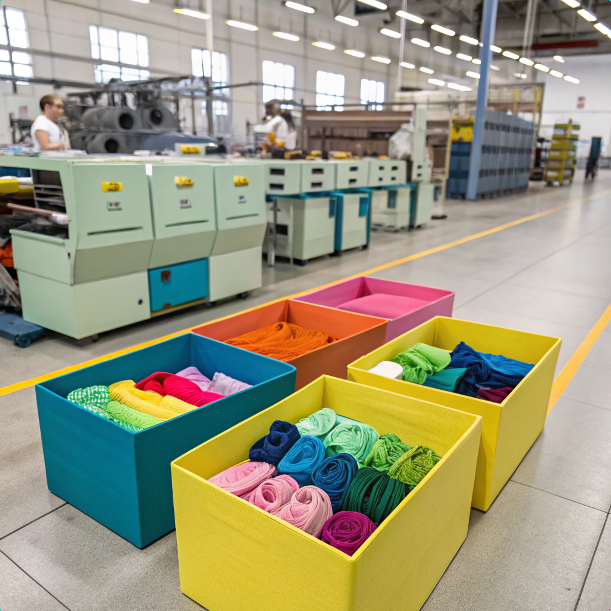
Velcro waste often ends up in trash bins. But with increasing environmental regulations, ignoring this issue is no longer an option.
Yes, Velcro waste can be reused or recycled, depending on its condition, size, and material composition.

Reusability in-house
Small offcuts from machines like the webbing tape cutting machine or rotary bevel cutting machine can be reused internally. For instance, some factories repurpose them for test samples, temporary fastening, or product mockups. This avoids wasting new materials for non-customer-facing tasks.
Creative reuse
Some clients or institutions look for low-cost Velcro for crafts, prototyping, or education. Factories can donate clean offcuts to schools, makerspaces, or community centers. This kind of reuse adds social value and builds goodwill, while reducing disposal costs.
Recycling Velcro
Velcro is made primarily of nylon or polyester. These materials are technically recyclable but require specialized processing. Facilities that recycle textiles or plastics can handle Velcro, but the hook-and-loop structure needs to be separated and cleaned.
| Material | Recycling Type | Notes |
|---|---|---|
| Nylon-based | Textile/plastic recycling | Requires sorting and cleaning |
| Polyester-based | Plastic #1 recycling | More common, easier to process |
| Mixed/contaminated | Difficult to recycle | May require incineration or reuse only |
Using a protective foam cutting machine or automatic punching cutting machine with dust collection systems can also help reduce small particle waste and make collection cleaner for recycling.
Waste reduction through precision
Another key factor is avoiding excess waste from the start. Machines like the high-speed trademark cutting machine or computer tube cutting machine offer digital precision and programmable cuts. These reduce unnecessary offcuts by optimizing layout and minimizing material overuse.

Conclusion
Velcro waste is not just trash—it’s a resource. With the right tools and mindset, factories can reuse or recycle much of it.
Insights
In my years advising factories on production optimization, one blind spot I consistently see is how little attention is given to offcut management2—especially for materials like Velcro. Yet these "waste" pieces often represent 10–15% of total raw material costs if not managed properly.
Factories using advanced machines like the webbing tape cutting machine or rotary bevel cutting machine can dramatically reduce offcuts by switching to precision programming and layout optimization software. However, for the waste that still remains, there’s real opportunity beyond just recycling.
One of the smartest strategies I’ve seen is forming partnerships with local schools or NGOs to donate clean, small Velcro pieces for educational or craft use. Not only does this divert material from landfills, but it also improves a company’s community image—something that increasingly matters for compliance and customer loyalty.
For more technical recycling, the key is sorting by polymer type early on. Nylon and polyester require different recycling streams. Machines with built-in separation or labeling options can help here, ensuring offcuts are collected cleanly and ready for textile or plastic recyclers.
Ultimately, Velcro waste isn’t waste—it’s latent value, waiting for smart processes to unlock it.
At Suzhou Haoxinhe Electrical Equipment Co., Ltd., we design cutting machines like the Velcro cutting machine and bubble wrap cutting machine with waste reduction in mind. Our goal is to help customers manage offcuts efficiently and integrate sustainable practices into their cutting processes.
